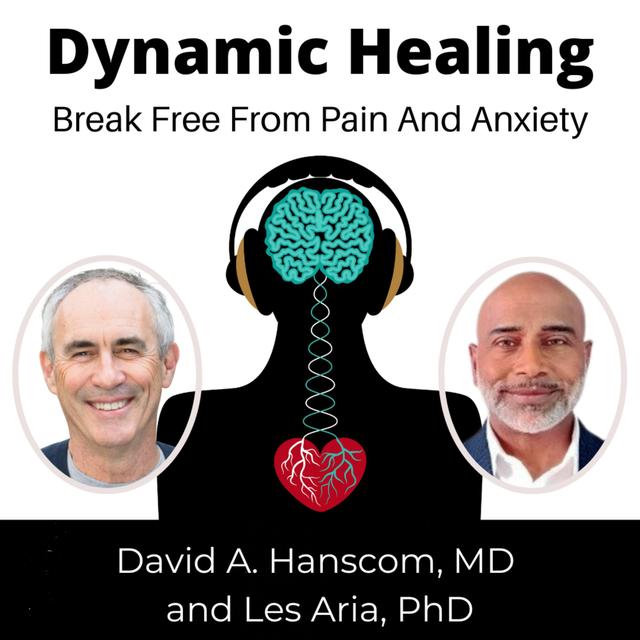
Being Sherlock Holmes for Your Pain
Aug 05, 2022•38 min•Ep. 35
Episode description
The second component of Pain Reprocessing Therapy (PRT) is gathering and reinforcing personalized evidence for the brain origins and reversibility of pain.
One way to combat the belief that there is a “structural”/peripheral cause of the pain is by gathering as much counterevidence as possible – evidence reinforcing that the pain is actually due to central processes, as opposed to a structural problem in the body.
Indicators of centralized pain include:
Pain originating during a time of stress
Pain originating without injury
Inconsistencies in how pain presents
Presenting with a variety of different somatic symptoms
Pain triggers that indicate centralized processes (e.g., social contexts, etc.)
The therapist and patient work together in a collaborative effort to gather and reinforce the evidence that their pain is not a function of underlying structural pathology. The therapist can assist the patient in developing an evidence sheet - a list of all the support that reinforces that patient’s pain is due to central processes.
Find out about David Hanscom, MD and his books, products, and events here
Les Aria, Ph.D. Pain Psychologist
Learn more about your ad choices. Visit megaphone.fm/adchoices
For the best experience, listen in Metacast app for iOS or Android
Open in Metacast